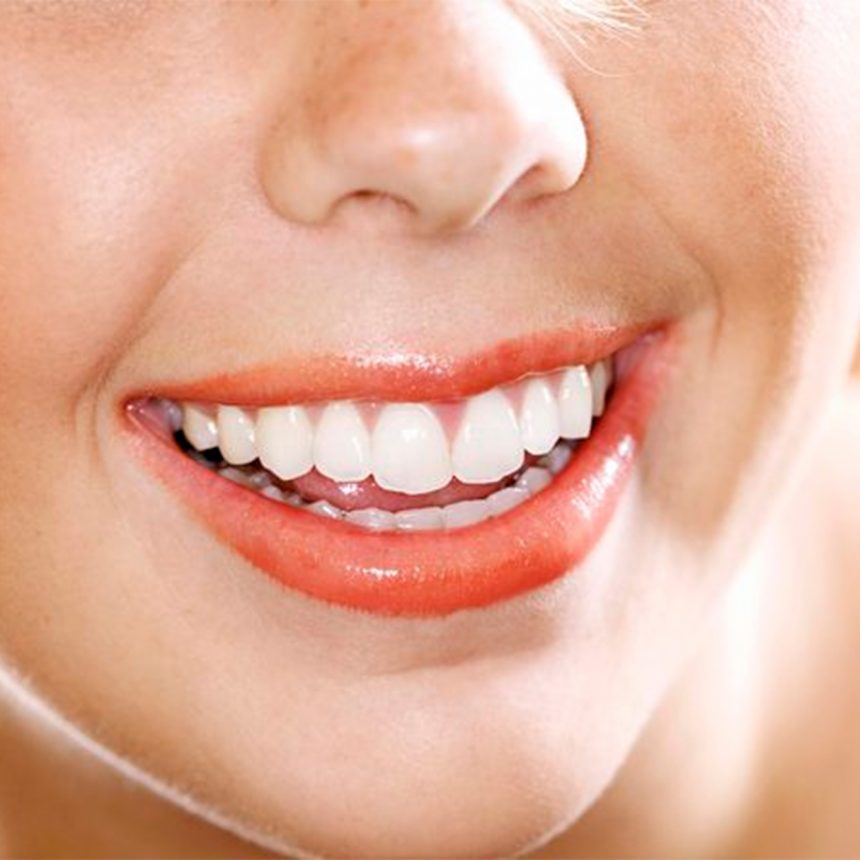It’s long been known that fluoride has the ability to reduce tooth decay. In fact, it even helps to repair tooth decay when decay is still in its early stages. This makes fluoride one of the best ways to fight cavities.
However, some people don’t get enough fluoride, and this can lead to dental cavities and even osteoporosis. Read on to learn more about the signs of fluoride deficiency and how to treat this problem.
Signs of fluoride deficiency
The main signs of fluoride deficiency are cavities and weak bones.
- Cavities. The first sign of fluoride deficiency is usually cavities. This is because a lack of fluoride can cause your enamel to become weak and prone to decay. However, if you do have cavities, it doesn’t necessarily mean that you’re deficient in fluoride. Cavities have other causes too, including sugar and failing to take care of your teeth properly.
- Weak bones. Your body needs fluoride for healthy bones as well as healthy teeth. This means that if you have a fluoride deficiency, you’re at an increased risk of weak and brittle bones. Elderly people who are prone to fractures often have a fluoride deficiency.
What can I do if I have fluoride deficiency?
There are several things you can do to replenish your body if your fluoride levels are insufficient. You can do some of the methods yourself at home, while other methods require a visit to the dentist.
- Toothpaste. Toothpaste is one of the main sources of fluoride. Look for a toothpaste that contains at least 1250 ppm (parts per million) of fluoride.
- Mouthwash. Some brands of mouthwash also contain fluoride. Not all of them do though, so make sure to read the packet to ensure you’re buying one with fluoride.
- Certain drinks. Some drinks are high in fluoride. Black tea and white wine are good sources of fluoride, for example. A mug of black tea and a glass of wine both contain around 0.3 mg of fluoride, which is about 10% of our daily fluoride need. However, keep in mind that the disadvantages of drinking tea and wine might outweigh the benefits – black tea can stain your teeth while white wine is very acidic.
- Certain foods. Some foods are also quite high in fluoride. These include seafood, such as crab and oysters, and potatoes.
- Prescription supplements. Certain fluoride supplements are available at pharmacies with a prescription from your doctor or dentist.
- A dental fluoride application. For people with a history of cavities, a dentist can apply fluoride directly to your teeth in the form of a gel, foam or varnish.
If you do decide to use one of these treatments, please do so under the supervision of your dentist or doctor. It’s rare but possible to take too much fluoride, which can lead to a condition known as dental fluorosis. This condition can cause chalky patches to appear on the enamel of your teeth.
Book an appointment with us
If you’d like to discuss the topic of fluoride with a dentist, then make an appointment with one of our dentists. We’ll be happy to see you!


